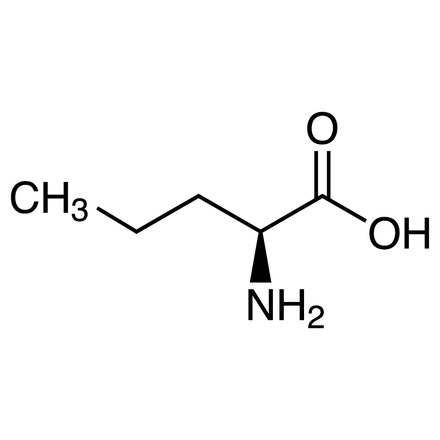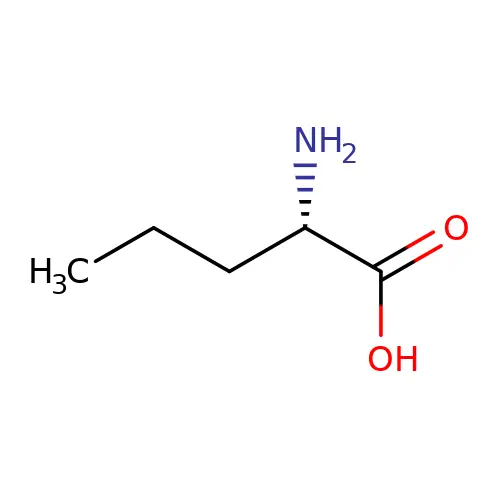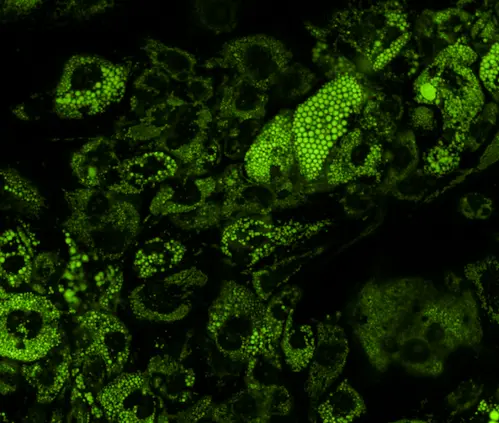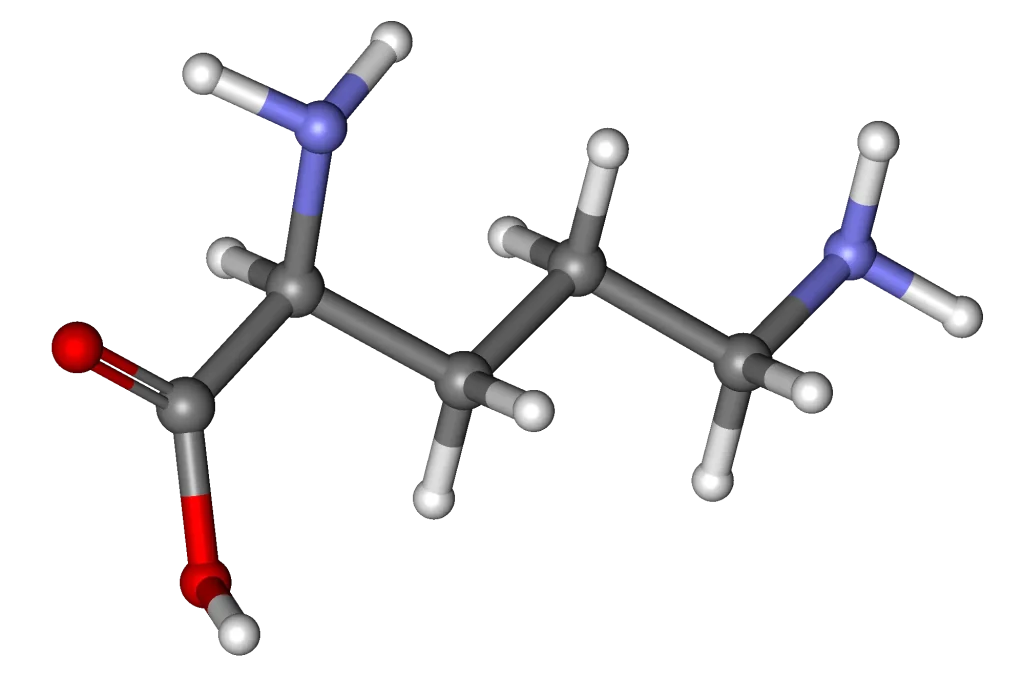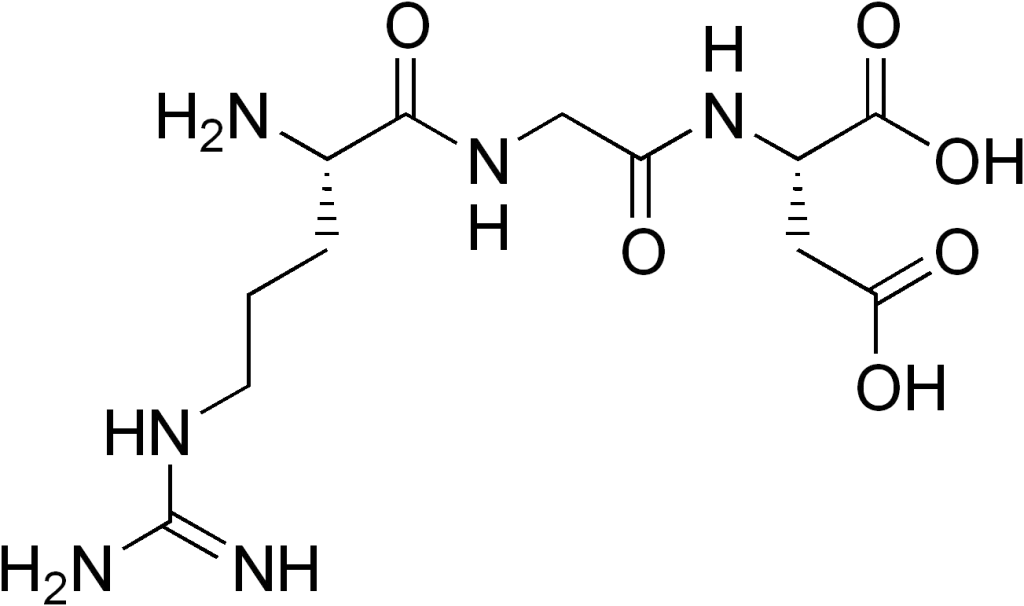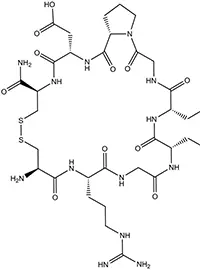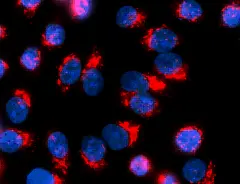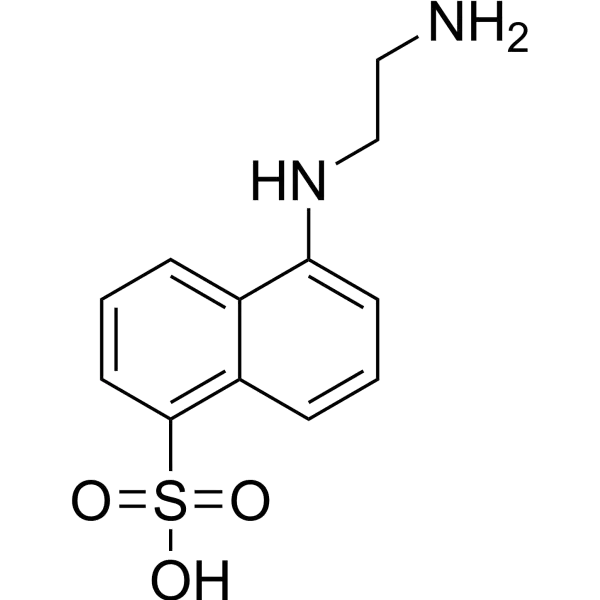
Fluorescence Resonance Energy Transfer (FRET) technology has revolutionized molecular detection by enabling real-time monitoring of biomolecular interactions and enzymatic activity. Among the most effective FRET pairs, the EDANS and DABCYL combination stands out for its exceptional quenching efficiency and widespread application in protease research. This fluorophore-quencher system operates through non-radiative energy transfer, where the excited-state energy of EDANS (donor) is absorbed by DABCYL (acceptor) when positioned within 10–100 Å. Consequently, the intact molecular construct exhibits minimal fluorescence, while proteolytic cleavage or conformational separation generates a robust, quantifiable signal. This mechanism provides unparalleled sensitivity for tracking dynamic biochemical processes in complex biological environments.
Key Takeaways
- EDANS/DABCYL exhibits optimal spectral overlap with excitation at 341 nm and emission at 471 nm for EDANS, and DABCYL absorption at 453 nm.
- Applications span protease activity profiling, HIV protease inhibitor screening, and real-time enzymatic kinetics.
- Solid-phase synthesis via Fmoc-Glu(EDANS)-OH and Fmoc-Lys(DABCYL)-OH enables precise incorporation into peptide sequences.
Spectral Properties and Quenching Mechanism
Molecular Characteristics
EDANS (5-((2-Aminoethyl)amino)naphthalene-1-sulfonic acid) functions as the donor fluorophore with excitation/emission maxima at 341/471 nm. Its extended conjugated system provides high quantum yield, while its sulfonate group enhances water solubility. Conversely, DABCYL (4-((4-(Dimethylamino)phenyl)azo)benzoic acid) serves as a non-fluorescent “dark quencher” with broad absorption (λmax 453 nm). This spectral profile allows near-complete overlap between EDANS emission and DABCYL absorption, fulfilling the Förster radius requirement for efficient energy transfer (typically 3–5 nm). Furthermore, DABCYL’s lack of intrinsic fluorescence eliminates background noise, significantly enhancing signal-to-noise ratios in detection assays.
Intramolecular Quenching Dynamics
The quenching efficiency of this pair stems from dipole-dipole coupling, where electronic excitation energy transfers from EDANS to DABCYL without photon emission. Critically, this transfer rate decays inversely with the sixth power of the distance between fluorophores, making the system exquisitely sensitive to molecular separation. In protease substrates, the spacer sequence between EDANS and DABCYL adopts an extended conformation to maximize quenching. Upon enzymatic cleavage, the fragments diffuse apart, disrupting energy transfer and permitting EDANS fluorescence recovery. This mechanism enables continuous real-time monitoring of enzymatic kinetics without secondary detection reagents.
Find out more about fluorescent peptides here.
Applications in Biochemical Research
Protease Activity Profiling
The EDANS/DABCYL pair has become indispensable for protease specificity studies, particularly for HIV-1 protease research. Researchers design peptide substrates mimicking viral polyprotein cleavage sites, flanked by EDANS (N-terminus) and DABCYL (C-terminus). In intact substrates, fluorescence remains quenched >95%. However, protease cleavage yields fluorescence increases proportional to enzyme concentration, permitting detection limits in the nanomolar range. This approach facilitates rapid screening of protease inhibitors and kinetic characterization of mutant enzymes.
Real-Time Cellular Imaging
Although chemical dyes face challenges in live-cell imaging due to cytotoxicity, modified EDANS/DABCYL constructs enable intracellular protease mapping. When conjugated to cell-penetrating peptides (CPPs), these substrates can monitor caspase activity during apoptosis or viral infection cycles. Nevertheless, researchers must optimize delivery vehicles and exposure parameters to minimize phototoxicity, as the EDANS excitation wavelength (341 nm) approaches the UV range. Mitigation strategies include pulsed illumination, oxygen scavenging, and serum-free media to reduce background fluorescence.
Practical Implementation Considerations
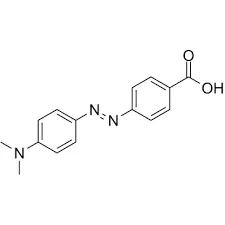
Solid-Phase Synthesis Strategies
Incorporating EDANS/DABCYL into peptides traditionally faced synthetic hurdles due to EDANS’s poor nucleophilicity and DABCYL’s steric constraints. Modern approaches utilize pre-derivatized building blocks:
- Fmoc-Glu(EDANS)-OH: Incorporates EDANS via glutamic acid side chain
- Fmoc-Lys(DABCYL)-OH: Anchors DABCYL to lysine residues
Comparison with Alternative FRET Pairs
Performance Metrics
| FRET Pair | Förster Distance (Å) | Fluorescence Enhancement | Primary Applications | |
|---|---|---|---|---|
| EDANS/DABCYL | 33–41 | 40-fold | Protease substrates, nucleic acid probes | |
| Mca/Dnp | 28–32 | 25-fold | Metalloprotease assays | |
| Cy3/Cy5 | >50 | 15-fold | Protein interaction studies | |
| FITC/TAMRA | 49–55 | 30-fold | Cell imaging |
While Cy3/Cy5 offers superior Förster distances (>50Å), its fluorescence enhancement remains lower due to acceptor emission. Conversely, Mca/Dnp provides higher temporal resolution in zinc-dependent proteases but suffers from lower photostability. Consequently, EDANS/DABCYL remains the gold standard for sensitive endoprotease detection where cleavage sites permit optimal fluorophore spacing.
Emerging Alternatives
ATTO 550 has emerged as a photostable alternative to Cy3 in FRET applications, exhibiting higher brightness and reduced cytotoxicity. LifeTein’s ATTO conjugation services now offer this dye as a replacement for traditional EDANS in multiplexed assays. Nevertheless, DABCYL derivatives maintain dominance as dark quenchers due to their broad absorption spectra and commercial availability.
Find out more about peptide synthesis here.
Frequently Asked Questions
Why is EDANS/DABCYL preferred over other FRET pairs for protease assays?
The combination provides exceptional quenching efficiency (>95%) and high signal-to-noise ratios upon cleavage due to DABCYL’s non-fluorescent nature. Its spectral overlap permits 40-fold fluorescence enhancement, significantly outperforming Mca/Dnp (25-fold) and FITC/TAMRA (30-fold) pairs in sensitivity.
Can DABCYL quench fluorophores beyond EDANS?
Yes. DABCYL’s broad absorption spectrum (400–500 nm) enables efficient quenching of FAM, TET, and Mca. However, its extinction coefficient is highest near 453 nm, making EDANS (emission 471 nm) the optimal partner.
What are key applications beyond protease detection?
This FRET pair enables:
- Nucleic acid hybridization probes (molecular beacons)
- Protein conformational change sensors
- Antibody-epitope binding kinetics
- High-throughput drug screening platforms
How does this pair compare to Cy3/Cy5 in live-cell imaging?
While Cy3/Cy5 offers superior photostability for longitudinal studies, EDANS/DABCYL provides higher sensitivity for endpoint assays. However, EDANS’s UV excitation (341 nm) increases phototoxicity risks, making Cy3/Cy5 preferable for extended live-cell observation.

